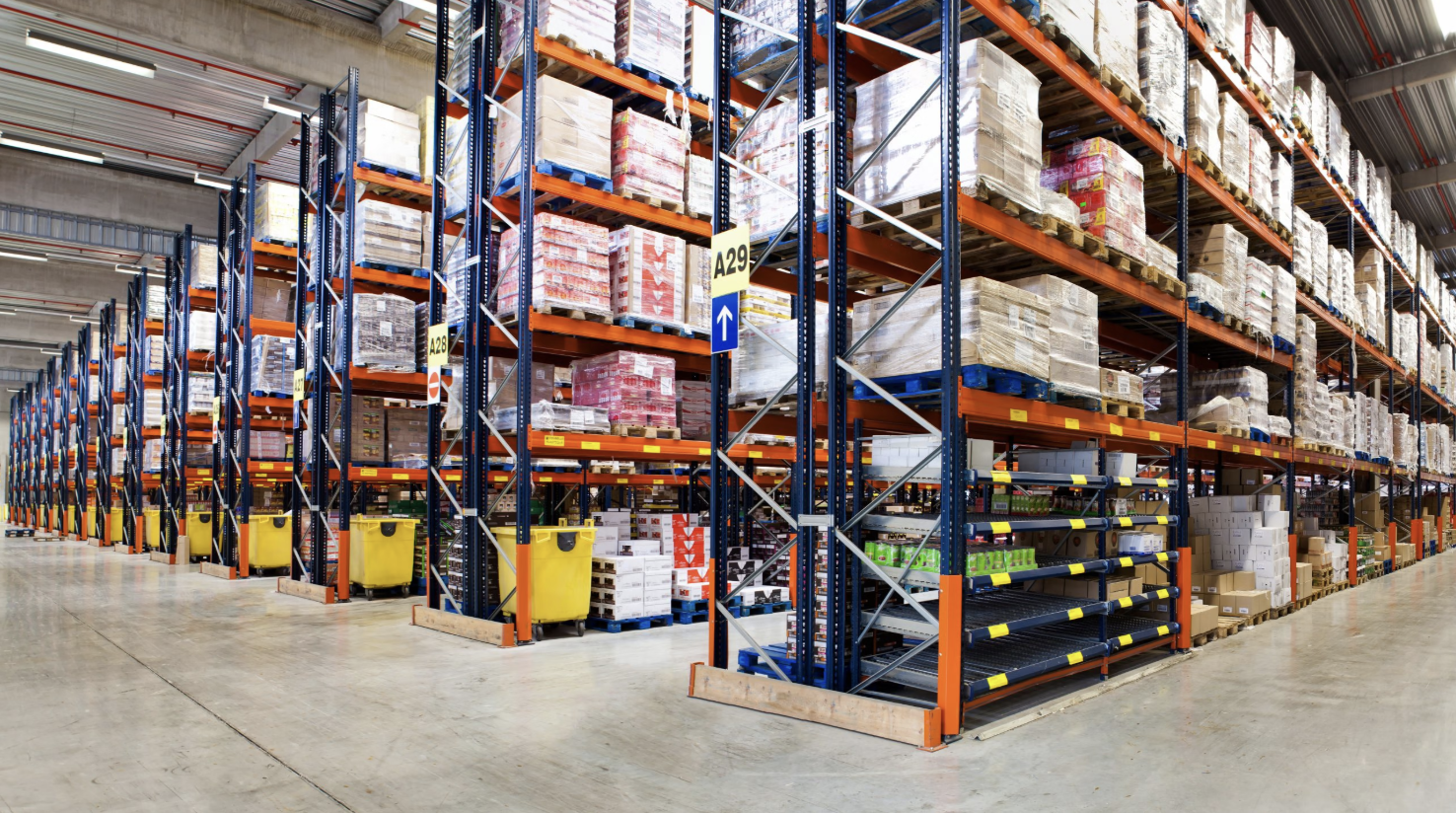
Rethinking Logistics: The Strategic Advantage of Mode-Neutral, Flexible Routing in Supply Chains
Far from business as usual, today’s global logistics environment resembles a high-stakes chess match—where the next disruption could redraw the board overnight.
From unexpected port closures and regulatory changes to geopolitical tensions and shifting trade routes, the vulnerabilities of supply chains locked into a single transportation mode have become impossible to ignore. The solution? A smarter, more adaptive strategy designed for uncertainty.
In today’s volatile market, shippers face unpredictable capacity, fluctuating rates, and variable transit times. Organizations that proactively embed flexible transportation options into their logistics planning gain more than just agility—they gain a genuine competitive advantage over those who default to the lowest-cost option.
As 2026 approaches, now is the ideal time to reexamine the principles behind supply chain agility. A mode-neutral mindset—one that favors flexibility over fixed routing—can be a catalyst for true resilience. It allows shippers to confidently navigate evolving customer demands, capacity constraints, and global market shifts.
Moving Beyond Single-Mode Thinking
Traditional logistics planning often leans heavily on a preferred mode: ocean freight for cost savings, air cargo for urgent needs, and truckload for regional moves. But this kind of rigidity leaves businesses vulnerable when their primary mode becomes delayed, disrupted, or simply unavailable.
A mode-neutral strategy takes a different approach. Instead of committing to one mode of transport, companies evaluate each shipment based on specific needs and current market conditions, then determine the best combination of speed, cost, and reliability.
A Practical, Three-Step Framework for Mode-Neutral Routing
Mode-neutral routing follows a straightforward decision-making process:
- Identify when cargo is ready for pickup
Understand your actual cargo availability—not just your target departure date—to determine realistic transport options. - Determine required arrival time
Include the final delivery deadline as well as any intermediate milestones like customs clearance or warehouse scheduling. - Work backward to select the optimal mode
With clear pickup and delivery windows, choose the transportation mode or combination that delivers the best balance of cost, speed, and reliability.
The key to smarter logistics isn’t picking a single mode—it’s understanding the timing needs of your shipment and working with a knowledgeable provider like Inland Transport, Inc. to create the best-fit solution.
Flexible Service Level Selection in Action
With a mode-neutral approach, service levels can be aligned precisely to shipment requirements—rather than relying on default methods. For example, a company might use:
- Ocean freight for standard inventory replenishment where longer, predictable transit times are acceptable
- Air-sea hybrid services to significantly reduce lead times (e.g., from 60–65 days to 25–30 days) at a fraction of the cost of direct air freight
- Air consolidation for time-sensitive but predictable cargo needing 2–5 day delivery
- Next-flight-out service for urgent or emergency shipments that justify premium pricing
This level of flexibility becomes crucial when conditions change. A manufacturing delay, for instance, might shrink the delivery window—requiring a shift from ocean to air, without the need to overhaul the entire plan.
Proactive Resilience in a Disrupted World
Freight schedules—particularly in ocean shipping—continue to face uncertainty, with carriers frequently adjusting routes or skipping ports. Air cargo capacity, on the other hand, fluctuates with global trade dynamics and seasonal peaks. Navigating these variables requires a flexible and proactive logistics strategy.
Forward-thinking businesses are no longer waiting for disruptions—they’re building resilience into their operations now.
Built-In Adaptability for a Volatile Future
Market volatility isn’t going away. Working with a multimodal logistics provider like Inland Transport, Inc. allows companies to adapt in real time—switching seamlessly between modes and service levels as needs evolve.
By treating transportation not as a one-off decision but as an integrated component of strategic planning, businesses can move from reactive to resilient—ready to thrive, not just survive, amid ongoing disruption.
Ready to Build a More Resilient Supply Chain?
Discover how Inland Transport, Inc. can help you adopt a mode-neutral strategy and build lasting agility into your supply chain.
Connect with an expert today to learn how flexible routing and strategic transportation planning can unlock performance, cost-efficiency, and competitive advantage.




.avif)